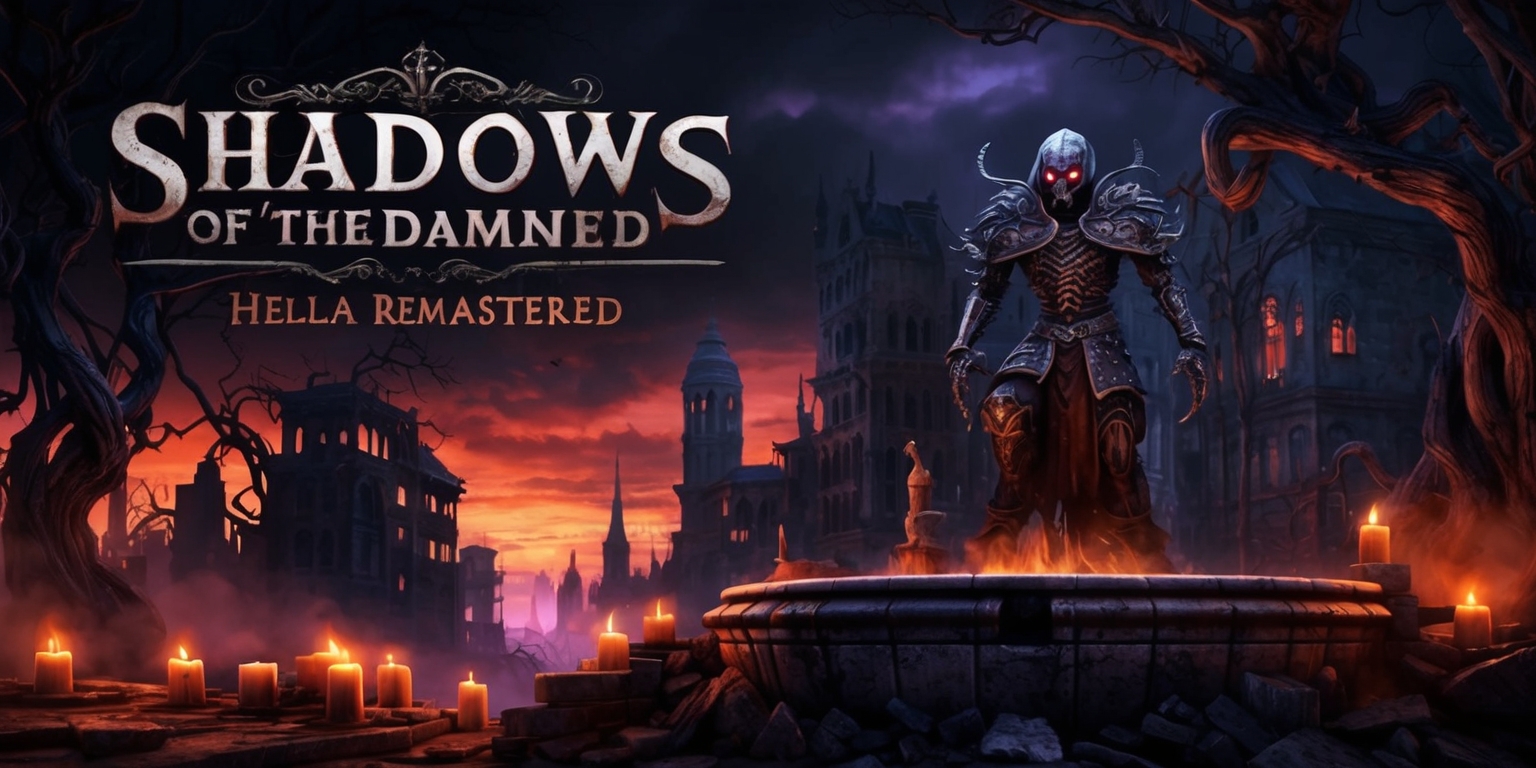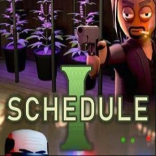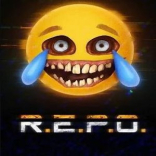In the vast universe of gaming, players often find themselves reminiscing about titles that, despite their flaws, captured the imagination and perhaps even caused a bittersweet pang of nostalgia. One such game is "Shadows of the Damned," initially released in 2011. Fast forward to 2023, and we find ourselves with the remastered edition, "Shadows of the Damned: Hella Remastered." This release has sparked intrigue, anticipation, and, ultimately, disappointment among fans who hoped for a revitalization of the cult classic. This thorough analysis explores the remaster, exploring its shortcomings and what could have been achieved if the development had taken a different direction.
From Humble Beginnings to Mixed Reception
When "Shadows of the Damned" made its debut, it came attached to notable industry giants and was embedded in the minds of many as a potential masterpiece. However, initial reception was tepid. The ambition of the game, rooted in its creative vision, was overshadowed by its execution, landing it squarely in the realm of mediocrity. This remastered version aims to revisit that narrative but stumbles out of the gate.
The Premise: A Journey with Peculiar Companionship
At its core, the game follows a narrative infused with dark humor, featuring the protagonist Garcia Hotspur and his eccentric buddy, Johnson. The bizarre partnership drives the storyline forward, with Johnson providing comic relief in a setting that leans heavily into the macabre. This odd coupling is one of the original game's highlights, yet there remains a sense that the remaster does not enhance their quirky rapport significantly.
A Visual Journey: A Faded Memory
Upon revisiting the remastered version, any expectation for significant visual upgrades quickly flickers out. While textures may be marginally improved, the essence of the game seems trapped in time. The promise of high-definition graphics feels unfulfilled, leaving players somewhat disillusioned. Compared to other remastered titles, this feels excessively lackluster, akin to polishing a tarnished artifact without real restoration.
Texture Trouble: The Visual Struggle

A particularly glaring problem within the remaster is its reliance on low-resolution textures. As players navigate through the game, the pixelated environment serves as a constant reminder of unresolved technical shortcomings. Attention to detail, often the hallmark of remastered games, is sorely missing here, making for an overall unenjoyable aesthetic experience.
Audio-Visual Mismatches: Dialogue Discrepancies
To compound matters, the game's audio-visual synchronization is noticeably off. Characters' lips do not align with the dialogue, creating an unsettling dissonance that detracts from immersion. This level of oversight leaves one wondering about the quality control measures involved in this remastering process.
Stuck in the Environment: Gameplay Frustrations
The adventure itself is not without additional complications. Characters often find themselves ensnared by the game's design, wedged within environments that should facilitate movement. These technical hiccups shift the focus from enjoyable gaming to frustrating mismanagement of mechanics.
Hard Crashes: A Plague on the Experience
Perhaps the most disheartening flaw is the occurrence of hard crashes. Experiencing one during a climactic moment, only to replay tedious sections extensively, greatly diminishes enjoyment. Players often feel tethered to a cycle of irritation rather than engaging with the plot and mechanics intended to entertain.
Lengthy Gimmicks: A Case of Overexertion
The game’s pacing also suffers due to some drawn-out gimmicky sections. For example, one lengthy encounter with a character named Justine, which transpired in a simplistic 2D plane, feels laborious. These segments could have been streamlined for a more enjoyable experience, but instead, they drain the momentum of the narrative.
A Missed Opportunity: Expectations vs. Reality
The potential behind “Shadows of the Damned” was immense, particularly considering the collaboration of influential creators in gaming history. However, rather than capitalizing on that legacy, the remaster recycles the core experience without offering new layers of innovation. It acts more like a polished veneer on an already incomplete structure.
The Price Point: Value for Money?
While not burdening buyers with a steep price tag, the value perceived by consumers raises questions. At $25, many argue that the remaster does not reflect sufficient content or quality. When searching for similar titles, gaming enthusiasts are likely to discover alternatives that offer far richer experiences.
Poor Reception: Still a Cult Classic?
Despite these many drawbacks, there remains an undeniable charm to the game that retains a degree of cult classic status. Fans appreciate the bizarre story elements and humor, even if they are cloaked in mediocrity. However, irreparably tied to its shortcomings, there’s a sense of longing for what could have been—a vision unfulfilled.
A Testament to Lost Potential
This remaster stands as a bittersweet reminder of squandered potential. Players can’t help but wonder how Suda51’s original ambition was thwarted by the realization of a title that was never meant to languish. Instead of reinvigorating the franchise, "Shadows of the Damned: Hella Remastered" serves as a time capsule, echoing the missteps of yesteryears.
Concluding Thoughts: Should You Dive In?
In conclusion, while some gamers may find fascination in revisiting a unique narrative or reliving memories from a decade past, "Shadows of the Damned: Hella Remastered" leaves much to be desired. The remaster, weighed down by identity crises, technical flaws, and outdated design choices, may not draw in new players or satisfy long-time supporters. For those eager to explore its quirky world, the journey will test both patience and understanding. Ultimately, whether the experience stands up to scrutiny or becomes a thing of the past rests in the hands of the individual player.







